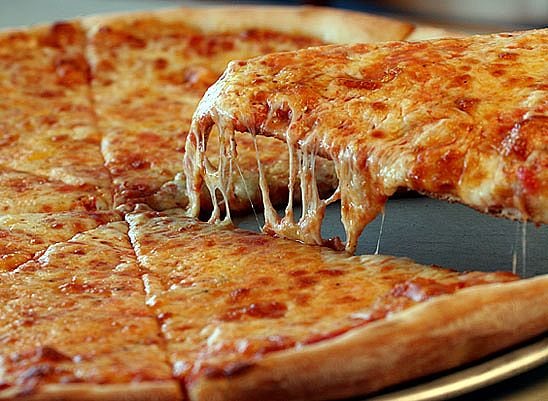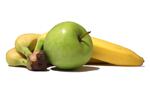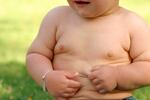Speaking at an event hosted by the Peanut Institute in Napa Valley on May 4-6 (click here), Alanna Moshfegh, research leader in the food surveys research group at USDA’s agricultural research service, said that the average number of eating occasions per day increased from 3.9 in the late ‘70s to 5.6 in 2009/10.
She added: “In the late 1970s, 40% of Americans said they had eaten no snacks the previous day.”
Fast forward 30 years, she said, and that number dropped to just 4%, with 56% of Americans reporting eating three or more snacks a day.
Snacking habits are also beginning earlier, with almost a third (32%) of children aged 12-23 months now regularly consuming chips, popcorn or pretzels, and 19% eating candy, she said.
More Americans are likely to skip lunch than breakfast
Interestingly, NHANES data also shows that Americans are now more likely to skip lunch than breakfast, with 85% reporting eating breakfast the previous day compared with only 80% reporting eating lunch.
Another striking change in eating habits over the past 30 years has been the rise in pizza consumption, with only 3% of adults in 1977/78 reporting eating pizza the previous day compared with 10% in 2007/8, she revealed.
The change is even more pronounced in young people, with 6% of children aged 2-19 years reporting eating pizza the previous day in 1977/78, compared with 20% in 2007/8, she said.

Meanwhile, the number of calories that pizza contributes to the diet of pizza-eaters has also increased considerably over the same period, she said, with pizza contributing on average 453 calories to the daily energy intakes of pizza eaters in the late 1970s, compared with 666 calories in 2007/8.
Fruit consumption has remained consistent, while vegetable consumption has decreased
As for fruit, consumption has been pretty consistent in the past 30 years, with Americans consistently reporting 0.9 portions per day over the 30-year period.
However, vegetable consumption decreased from an average of 2.6 portions a day in the late 1970s to just 1.9 portions in 2007/8 (the definition of vegetables includes French Fries and the definition of fruit includes fruit juice), she said.

Worryingly, while 12% of Americans surveyed in the late 70s reported eating no fruit or veggies the previous day, this figure had risen to 25% three decades later, she added.
As for milk, the percentage of Americans reporting consuming no milk the previous day also rose from 34% in the late 70s to 54% 30 years later, she said.

Finally, analysis of macronutrient intakes over the period 1977/78 to 2007/08 show that fat consumption went down, protein consumption stayed fairly steady, and carbohydrate intakes went up… along with obesity levels.
Click here to read more coverage of the Peanut Institute event in Napa Valley.
Click here to read about recent changes to soft drinks consumption showing up in the NHANES data.
